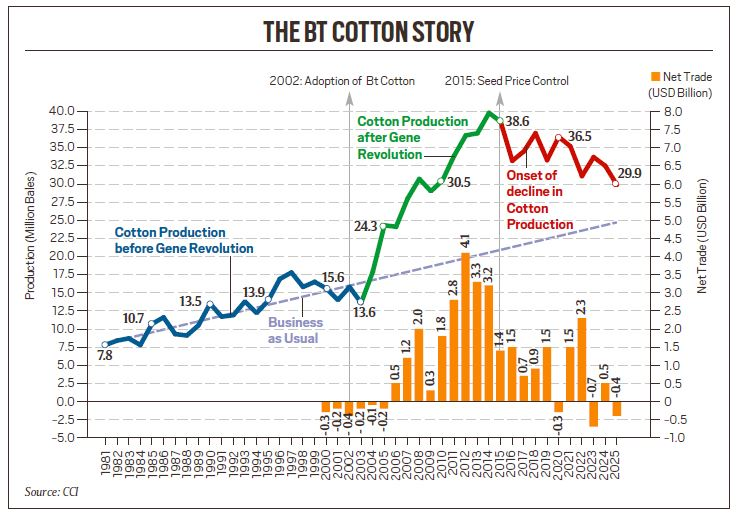7667766266
enquiry@shankarias.in
Mains: GS3 – Technology | Economic Development
Recently US negotiators are turning up the heat, urging India to open its agriculture market to genetically modified (GM) crops.

GEAC is a statutory body under the Environment (Protection) Act, 1986, constituted by the Ministry of Environment, Forest, and Climate Change.
It is the apex regulator for approving the use, release, import, and export of genetically modified organisms (GMOs) and products, including GM crops, in India.